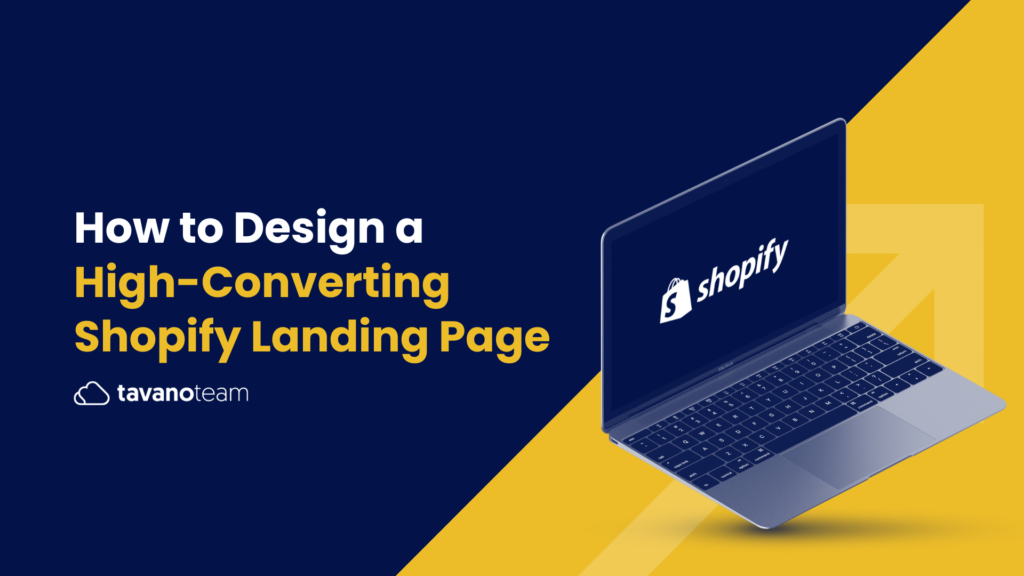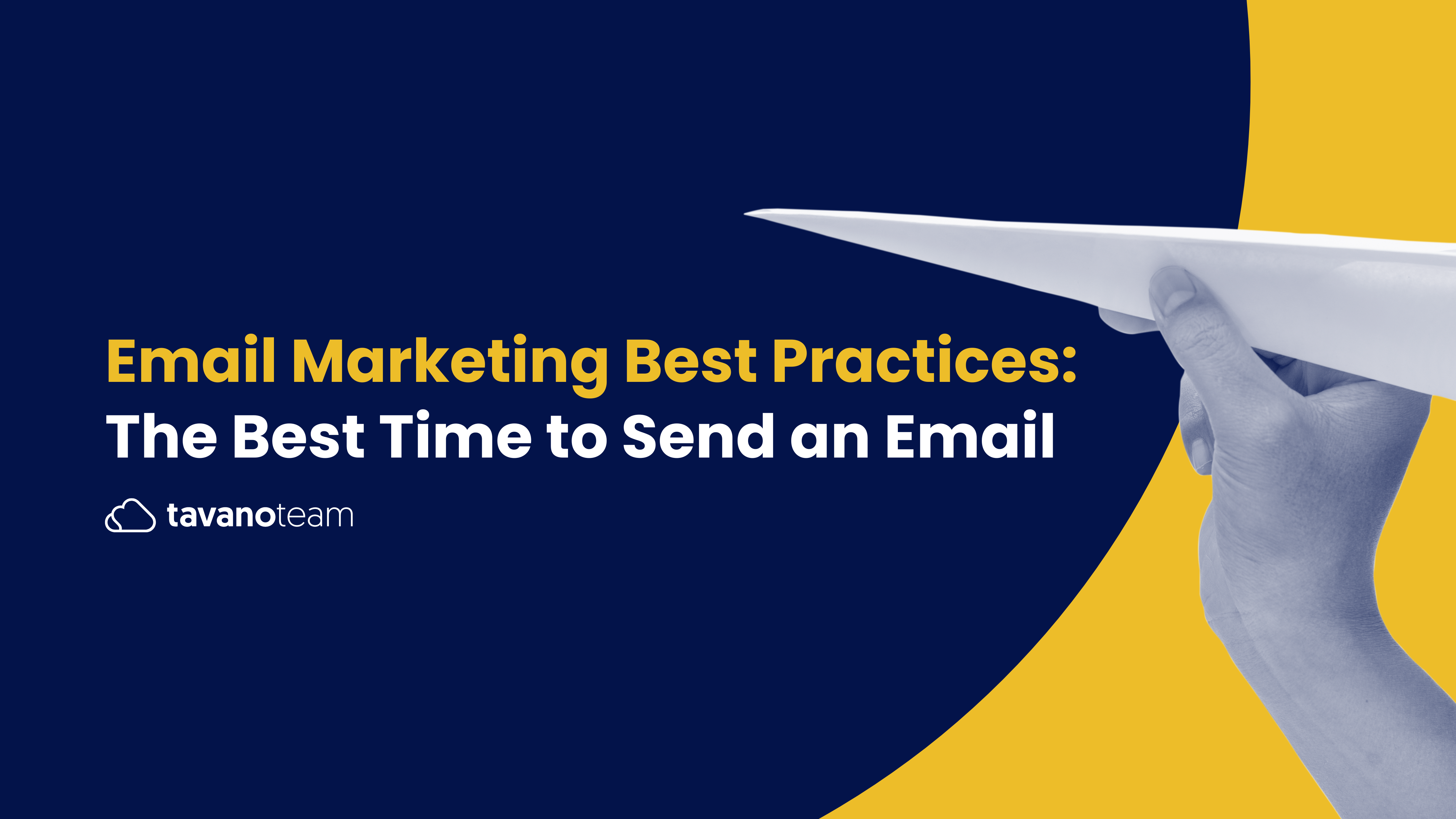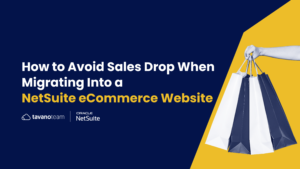The power of a well-designed Shopify eCommerce landing page cannot be overstated. Landing pages will be responsible for the first impression you give to potential clients, as they serve as the digital storefronts of your online business, offering a first glimpse into your brand, products, and value proposition.
When it comes to Shopify eCommerce, setting up an online store couldn’t be easier. However, beyond the basic setups, crafting a high-converting landing page requires a certain sense of aesthetic appeal, strategic placement, and persuasive elements that only experts can truly recognize.
In this article, we’ll share 10 tips to design a Shopify eCommerce landing page that drives conversions and captivates your audience effectively.
10 Keys For Shopify eCommerce Success
1. Clear and Compelling Headline
We know that first impressions matter. For this reason, your headline should be concise, attention-grabbing, and directly communicate the unique value your product or service brings to customers. Without overwhelming the visitor but giving enough information, the headline of your landing page should resonate with your target audience and create a connection with your brand.
2. Engaging Visuals
Visuals are powerful tools for storytelling in every format. Incorporating high-quality images, videos, and graphics will help you highlight your product’s features and benefits and make it easier for the audience to understand what you offer. Use imagery that will help them see how your product or service will make their lives easier, or better!
3. Persuasive Copy
Persuasive and concise copy is important to speak directly to your audience’s pain points and desires: what problem are you going to solve for them, and how is your solution the best out there? Use compelling language to describe the benefits of your product, keeping paragraphs short and scannable to make it easy for visitors to grasp the key points without feeling overwhelmed by too much information.
4. Clear Call to Action (CTA)
Your CTA can make or break a conversion. Design a CTA button that stands out visually and uses action-oriented text. Make it clear what action you want visitors to take, whether it’s making a purchase, signing up for a newsletter, or exploring more. Here’s an article about CTAs that will help you understand the science behind it better.
5. Minimalist Design
Sometimes, less can be more. Choose a clean design that guides visitors’ attention to the most important elements on the page and avoids distractions. Use ample white space, readable fonts, and a consistent color palette that aligns with your brand. Don’t forget to keep your website accessible: not only it’s the right thing to do, but it’s also going to help boost conversions. Here’s a podcast episode on web accessibility that you can’t miss!
6. UGC and Trust Signals
Building trust is crucial in eCommerce, given that there are millions of online stores out there and it can be scary to give your bank information to stores you’ve never shopped at before. To help users trust you, display trust badges, security certifications, customer reviews, user-generated content, and testimonials to reassure visitors that their information is safe and that other shoppers have had positive experiences with your products. Pro-tip: to gather reviews and user-generated content like photos from people using your product, you can offer benefits like discount codes in exchange for their testimonials!
7. Mobile Responsiveness
A responsive design is non-negotiable: mobile commerce is here to stay. Ensure that your Shopify landing page looks and functions seamlessly across all devices, from smartphones to tablets and desktops, to ensure higher conversion rates.
8. A/B Testing
We’ve talked about A/B testing multiple times before in our blog: we believe it to be one of the pillars of eCommerce growth. Don’t rely solely on intuition—let data guide your decisions to ensure better results. Implement A/B testing to experiment with different elements of your landing page, such as headlines, visuals, CTAs, and layout. Don’t be afraid to fail and try again, until you get the results you want.
9. Scannable Content
Online readers tend to scan rather than read every word. To make it easier, use bullet points, subheadings, and concise paragraphs to break up text and help visitors quickly understand your offering without getting overwhelmed.
10. Exit Intent Pop-ups
Capture potential customers before they leave your page. By implementing exit intent pop-ups that offer special discounts, freebies, or valuable content in exchange for an email address, you’ll likely get their contact to add to your email list. This strategy can help you retain leads and nurture them into conversions over time.
To finish, we can say that a high-converting Shopify landing page is a blend of design, psychology, and strategy. By implementing these best practices, you can create a landing page that not only captivates your audience but also guides them into your conversion funnel. Don’t forget to continuously analyze performance metrics and make data-based adjustments to optimize your landing page’s effectiveness and keep hitting your goals. To learn more about data, UX, and conversion rate optimization, contact our Growth experts today and start your NetSuite-Shopify eCommerce growth journey!




